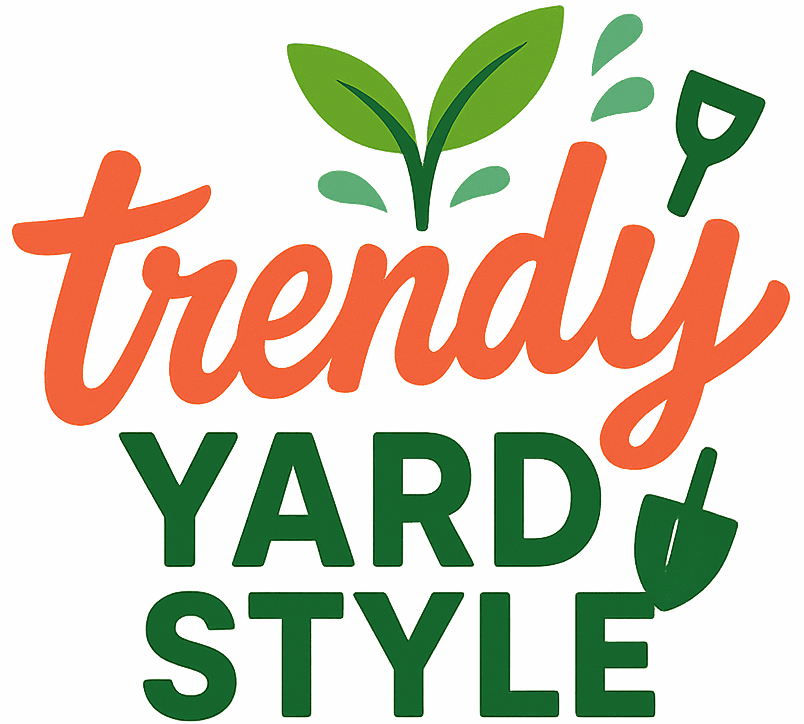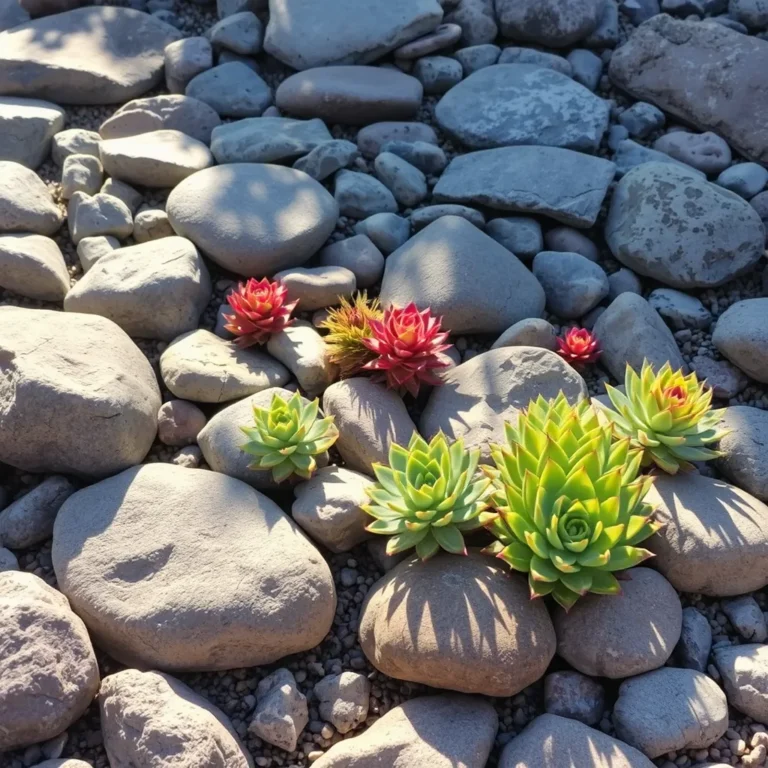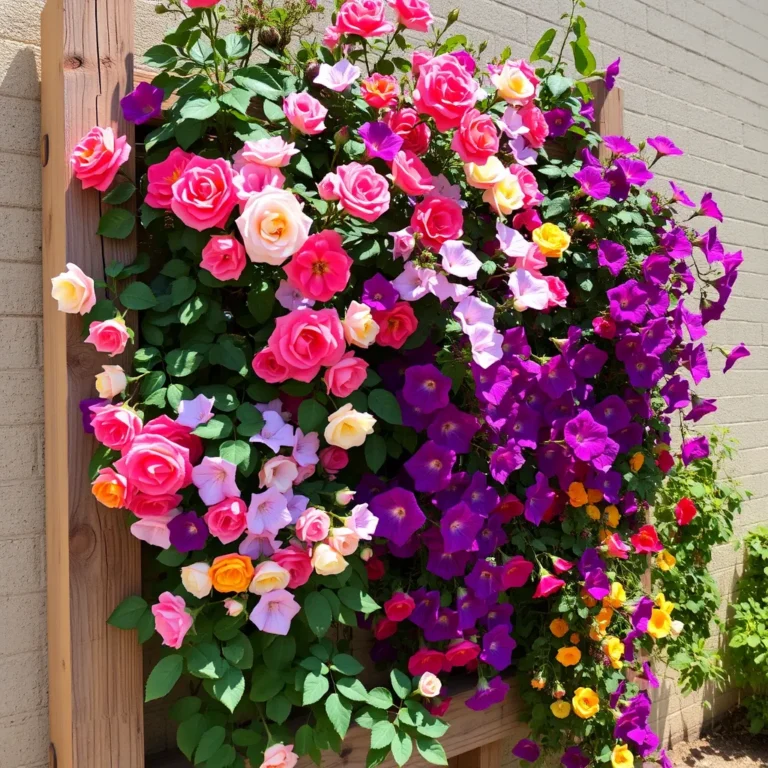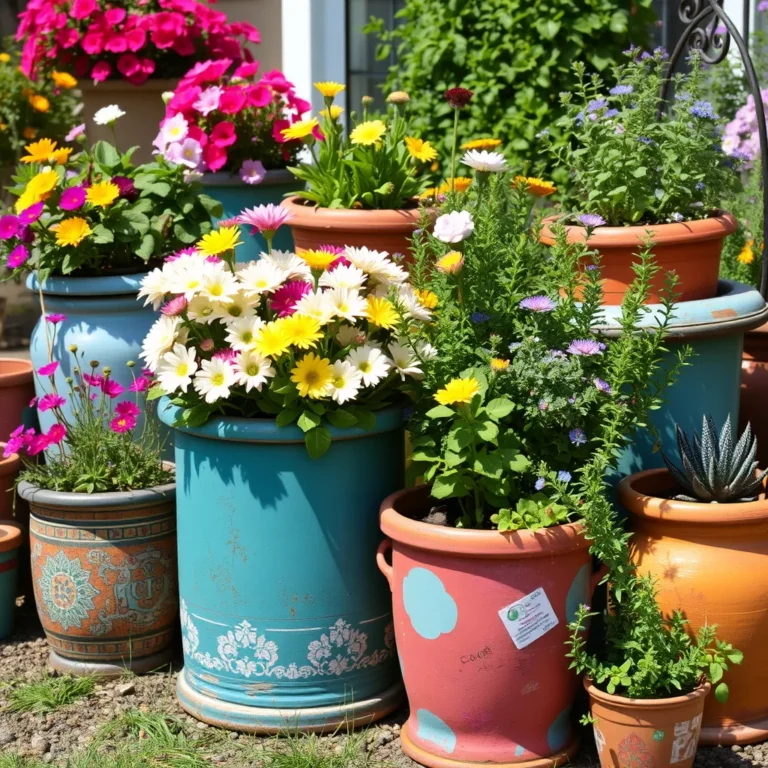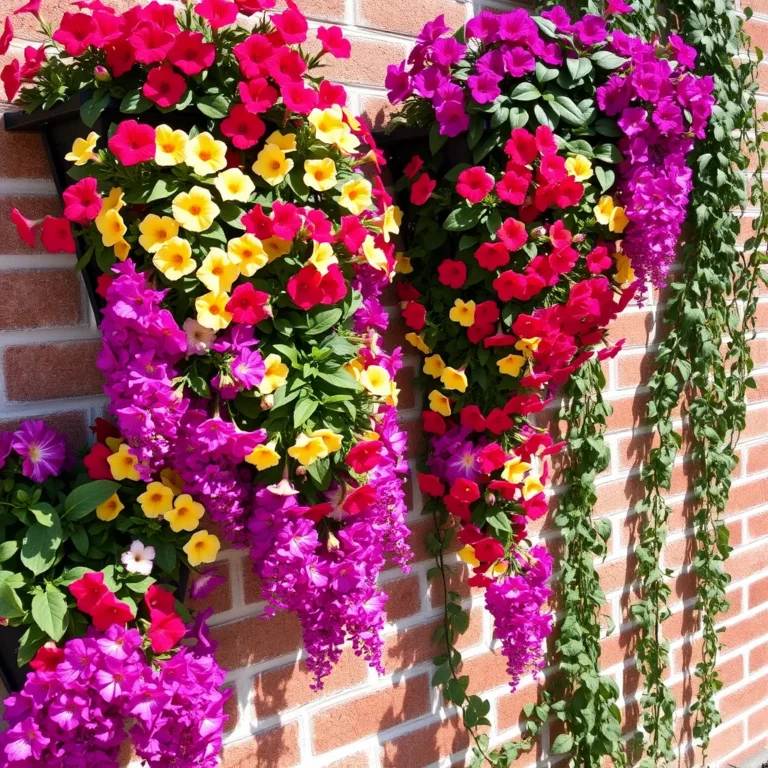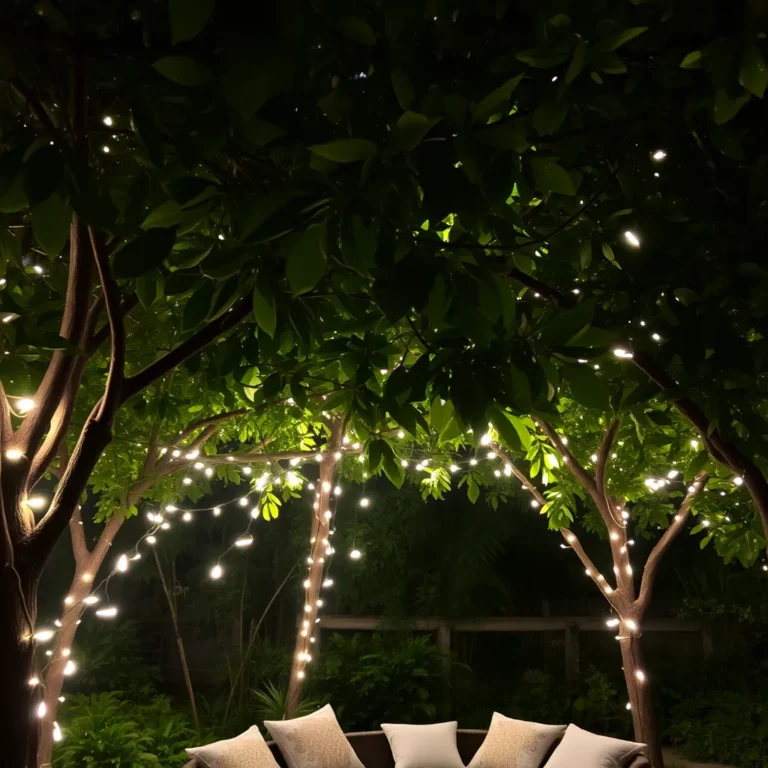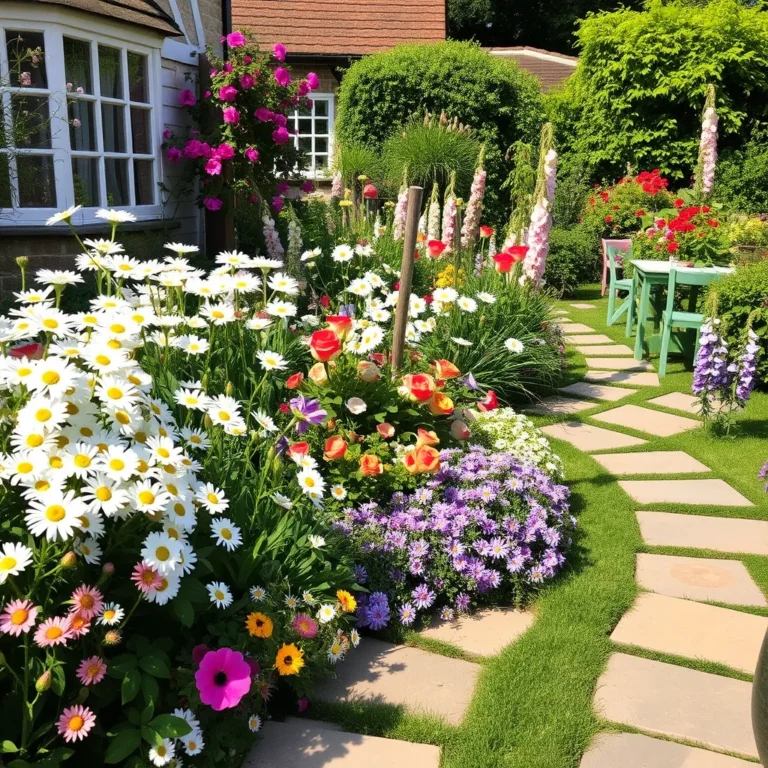10 Breathtaking Flower Garden Ideas You’ll Love Today
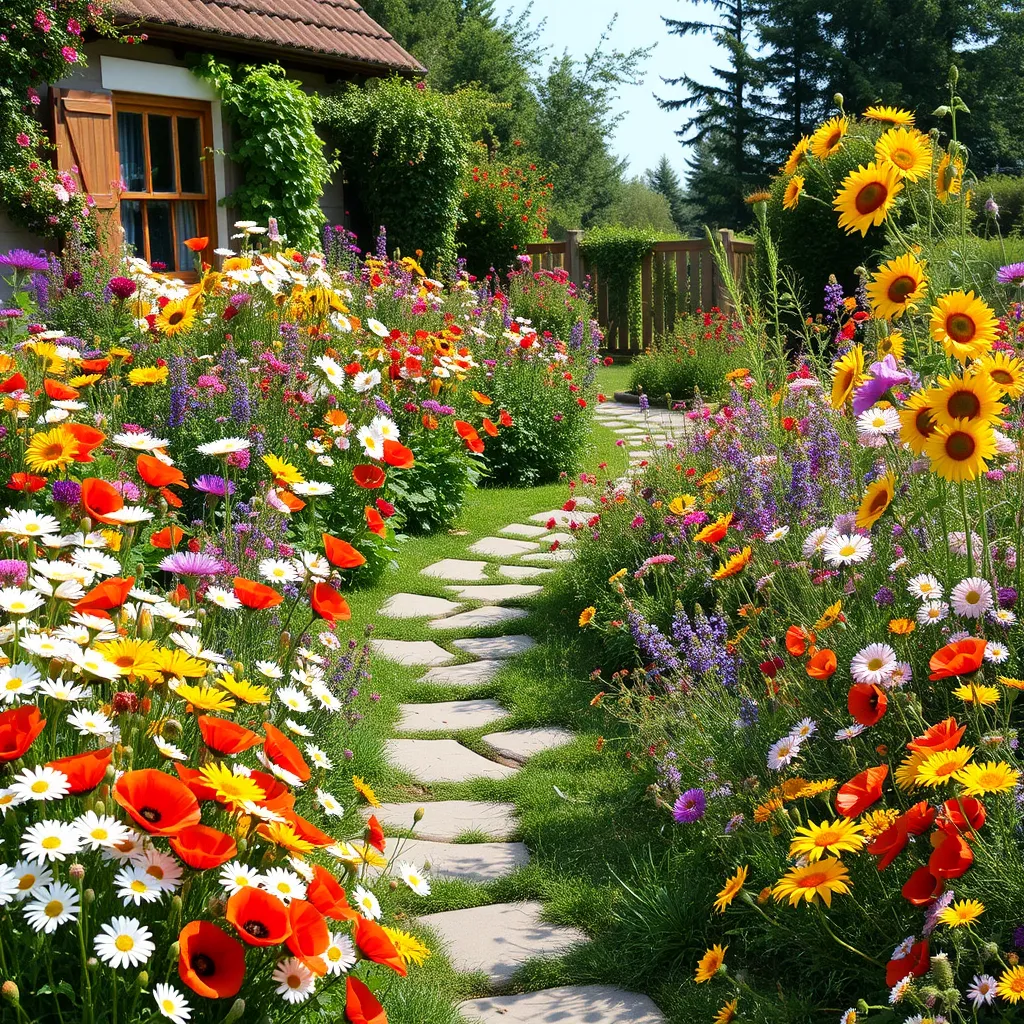
Are you ready to transform your outdoor space? In this post, I’ll share 10 breathtaking flower garden ideas you’ll love today. From vibrant cottage gardens bursting with wildflowers to serene Zen gardens designed for peace, there’s something here for everyone. Discover how to attract bees with pollinator-friendly plants, explore edible flowers, and more. Let’s dig into these colorful ideas that will make your garden shine!
Vibrant Cottage Garden: Embracing Wildflowers for a Colorful Display

A vibrant cottage garden brings joy and life to any yard. You can mix different wildflowers for a stunning view. Plant daisies, poppies, and sunflowers together. They bloom in bright colors and attract bees. This variety makes your garden lively and full of energy.
You can create paths with stones or wood chips. This adds charm and helps you walk through the flowers. Use tall flowers in the back and shorter ones in the front. This makes every flower stand out.
Water your garden regularly to keep it fresh. Adding mulch helps the soil stay moist. You can also use a trellis to support climbing flowers like sweet peas. They add height and beauty to your garden.
A vibrant cottage garden feels like a small piece of nature. You can sit and enjoy the beauty of wildflowers every day. This type of garden is perfect for those who love color and life.
Pollinator-Friendly Gardens: Attracting Bees and Butterflies with Native Flowers

Pollinator-friendly gardens help bees and butterflies thrive. You can attract these helpful insects by planting native flowers. Native plants grow well in your area. They provide food and shelter for pollinators.
You might choose flowers like coneflowers, sunflowers, and milkweed. Bees love coneflowers for their rich nectar. Sunflowers offer large blooms that attract many bees and butterflies. Milkweed is a must for monarch butterflies.
When planning your garden, aim for a mix of colors and heights. This variety creates a lively space. Group flowers in clusters to make them easier for pollinators to find.
Water sources, like small ponds or birdbaths, can help too. Pollinators need water to stay healthy. Adding rocks in water gives them safe spots to land.
Consider adding plants that bloom at different times. This ensures food is available throughout the year. You’ll enjoy a vibrant garden while supporting local wildlife.
Edible Flower Gardens: Combining Aesthetics and Culinary Delights

Edible flower gardens are a feast for the eyes and the stomach. You can grow flowers that taste great and look beautiful. Some popular choices are nasturtiums, pansies, and marigolds.
Nasturtiums add a peppery flavor to salads. Their bright colors catch the eye too. Pansies have a sweet taste and come in many hues. They make a lovely garnish for desserts. Marigolds can add a citrus-like flavor to your dishes.
When planting, choose a sunny spot with good soil. This helps your flowers grow strong. Make sure to avoid pesticides. They can harm the flowers and the people who eat them.
You can mix edible flowers with regular veggies. This creates a stunning and tasty garden. Harvest these flowers and enjoy their beauty on your plate.
Shade Gardens: Beautiful Flower Options for Low Light Areas

Shade gardens can be just as lovely as sunny ones. They thrive in areas with less light. You can use flowers like hostas, ferns, and bleeding hearts.
Hostas have large leaves and grow well in shade. They come in many colors, adding beauty to your space. Ferns add a soft look and require little care. Bleeding hearts have unique heart-shaped blooms that catch attention.
When designing your shade garden, think about the layout. Place taller plants in the back and shorter ones in front. This creates depth and interest.
Use mulch to keep the soil moist and cool. It helps flowers grow better in shade. You can also add rocks or garden art for extra charm.
With the right flowers, your shade garden can become a peaceful retreat.
Mediterranean Flower Gardens: Creating a Warm, Inviting Atmosphere

Mediterranean flower gardens bring warmth and charm. You can use bright colors like red, yellow, and orange. Think about plants like lavender, rosemary, and bougainvillea. These flowers thrive in hot, dry weather. They also smell great and attract pollinators.
To create this garden, start with a sunny spot. Use stones or tiles for paths. Add a few terracotta pots for herbs. You can include low-growing plants like creeping thyme. They fill in the spaces nicely.
Mix in some tall plants, too. Sunflowers or hollyhocks can add height. They create a lovely contrast with shorter flowers. Remember to water less often. Mediterranean plants prefer dry soil.
Perennial Flower Gardens: Sustainable Blooms That Return Year After Year

Perennial flower gardens are a smart choice. These plants live for many years. They save you time and money. When you plant them once, they keep coming back.
Choose flowers like peonies, coneflowers, and daylilies. They bloom in different seasons. This keeps your garden looking fresh. Plant them in groups for a colorful burst.
Make sure to give them space. Each plant needs room to grow. A well-placed perennial can make your garden pop. Don’t forget to mulch around them. This helps keep the soil moist and healthy.
Seasonal Flower Gardens: Designing with Spring, Summer, Fall, and Winter Blooms

Seasonal flower gardens offer variety all year. You can enjoy different colors and scents with each season. Start with spring flowers like tulips and daffodils. They bring joy after winter ends.
In summer, add sunflowers and zinnias. These flowers thrive in heat and add brightness. For fall, think about asters and chrysanthemums. They bring warm tones like orange and red.
In winter, consider evergreens and holly for structure. You can use winter-blooming plants like hellebores. This keeps your garden alive even in cold months. Each season brings a new look, making your garden exciting all year.
Native Plant Gardens: Supporting Local Ecosystems with Beautiful Flora

Native plant gardens are a great way to help your local environment. These plants grow well in your area and need less water. They attract local birds, bees, and butterflies. This helps keep the ecosystem healthy.
To start, choose plants that grow naturally in your region. You can find lists online or ask at a local nursery. Some popular native plants include coneflowers, black-eyed Susans, and wildflowers. These flowers bloom at different times, giving you color all year long.
Plant in groups for a better look. This way, the flowers can thrive and look fuller. Adding rocks or mulch around your plants can help keep weeds away. Also, it looks nice!
Native gardens require less care than others. You won’t need to water them often. You can also skip harsh chemicals. This helps keep your garden safe for wildlife.
Container Flower Gardens: Versatile and Mobile Solutions for Small Spaces

Container flower gardens are perfect for small spaces. You can use pots, boxes, or even old buckets. They fit on patios, balconies, or even inside your home. This gives you many options to display your flowers.
Choose flowers that fit your space and light. For sunny spots, try petunias, geraniums, or marigolds. If you have shade, consider ferns or impatiens. Mixing colors and sizes makes your garden lively and fun.
Containers also allow you to change your garden with the seasons. You can swap out flowers as they bloom. This keeps your space fresh and exciting.
Don’t forget to add a good potting mix. Ensure your containers have holes for drainage. Water your plants regularly, but don’t overdo it. Check the soil to see if it’s dry before watering.
Container gardens are easy to care for and can add beauty anywhere. You can move them around to find the best spot. This flexibility makes them a favorite for many gardeners.
Conclusion
In this article, I explored various garden styles that celebrate flowers. We discussed vibrant cottage gardens filled with wildflowers, along with serene Zen gardens for peace. Vertical gardens help you maximize space, while pollinator-friendly gardens invite bees and butterflies. We also covered edible flowers, shade gardens, and Mediterranean themes. Each style offers beauty and joy, no matter your space. My final thought? Choose the garden that speaks to you. Enjoy creating your own flower paradise.
